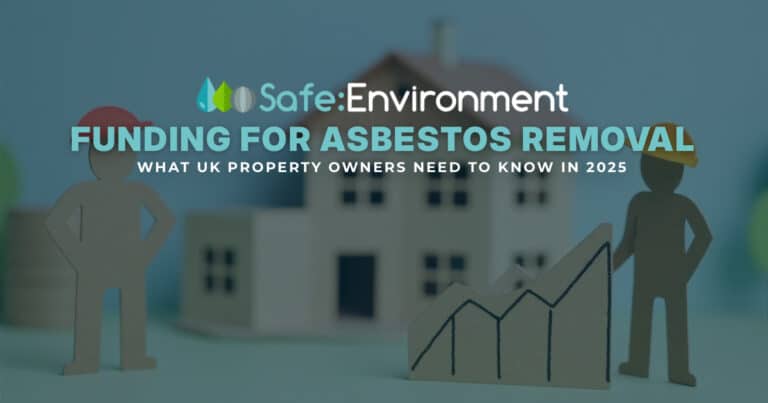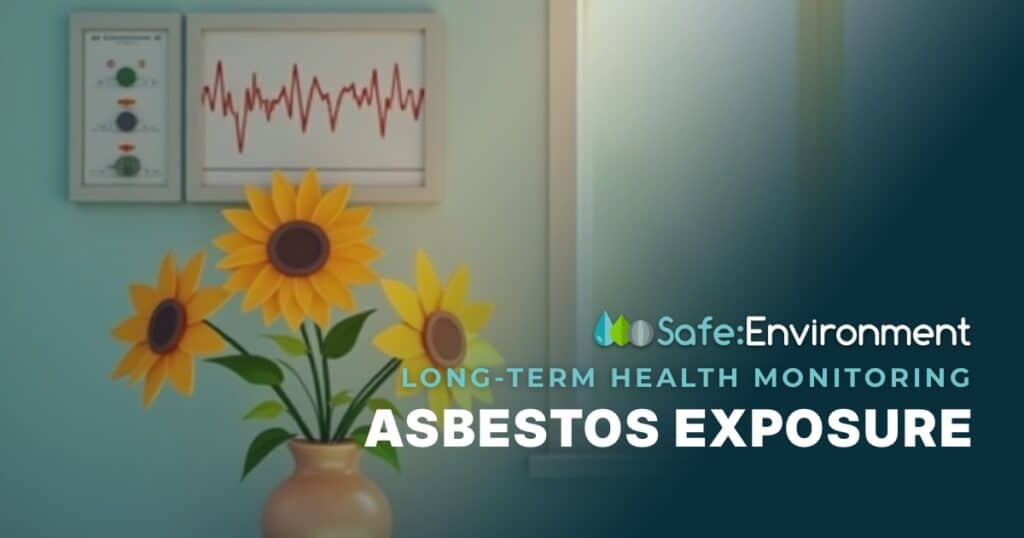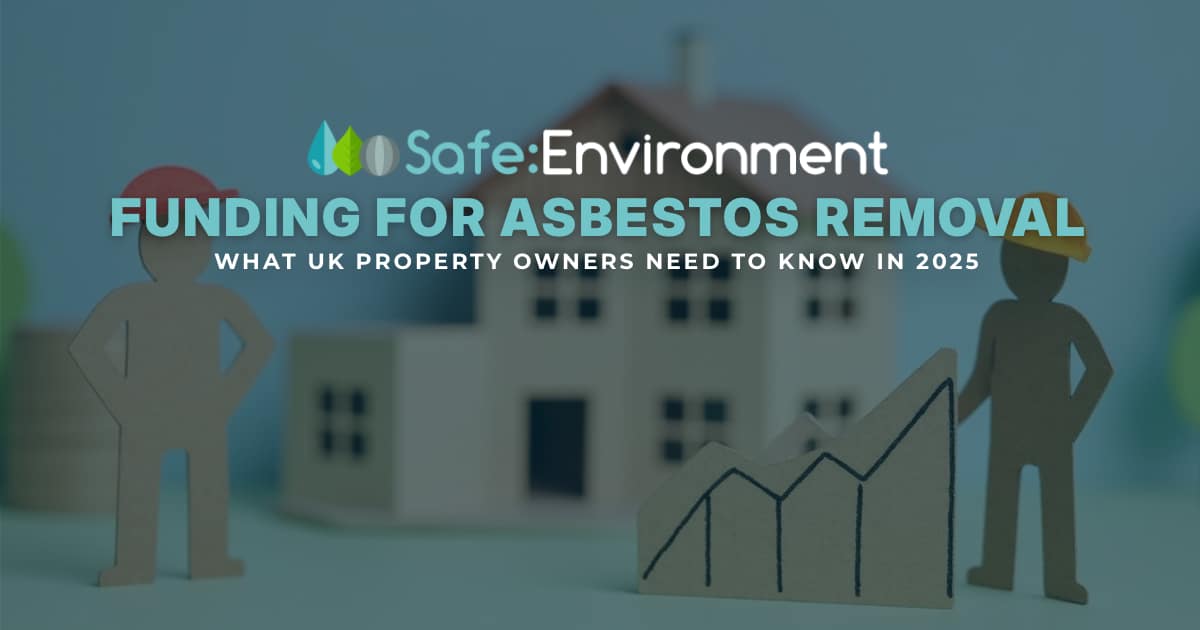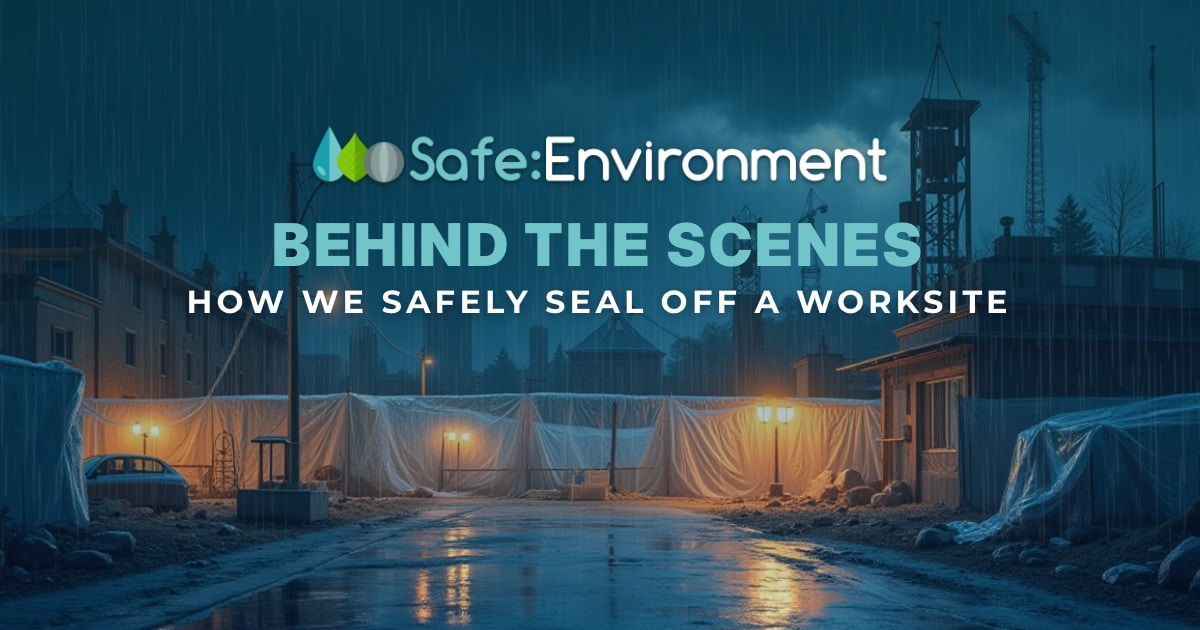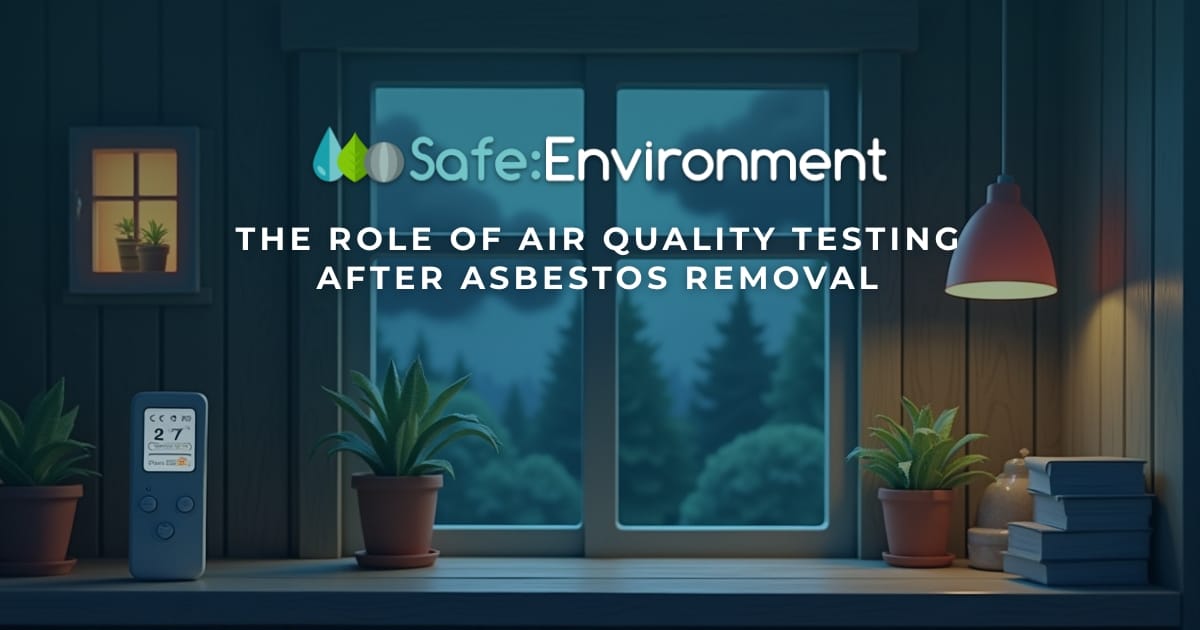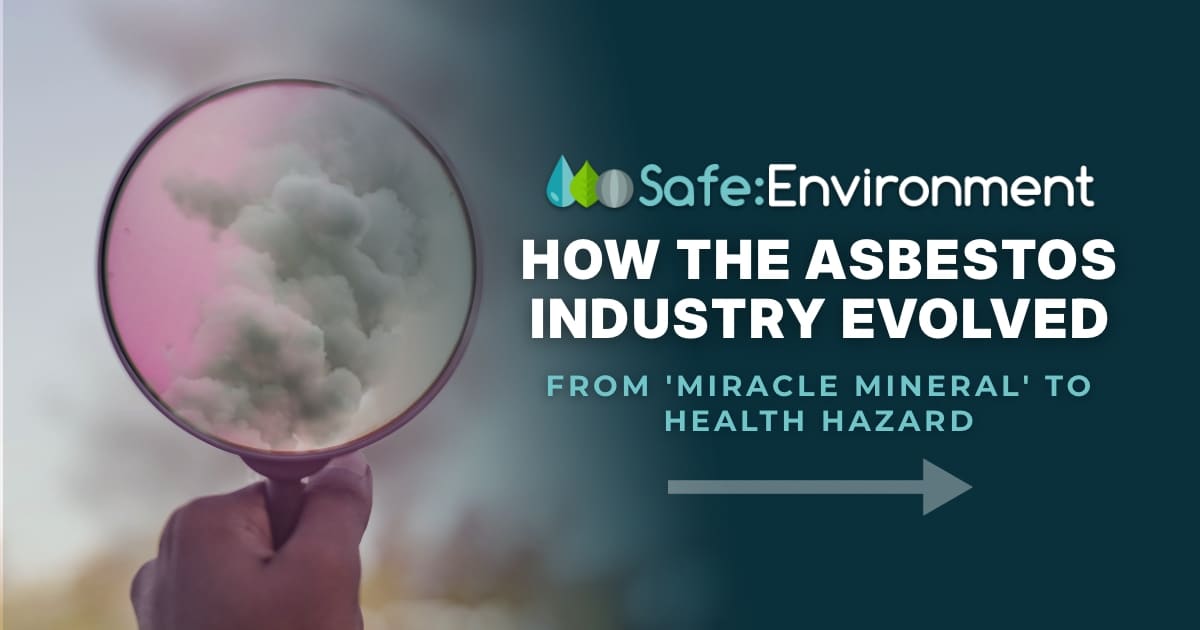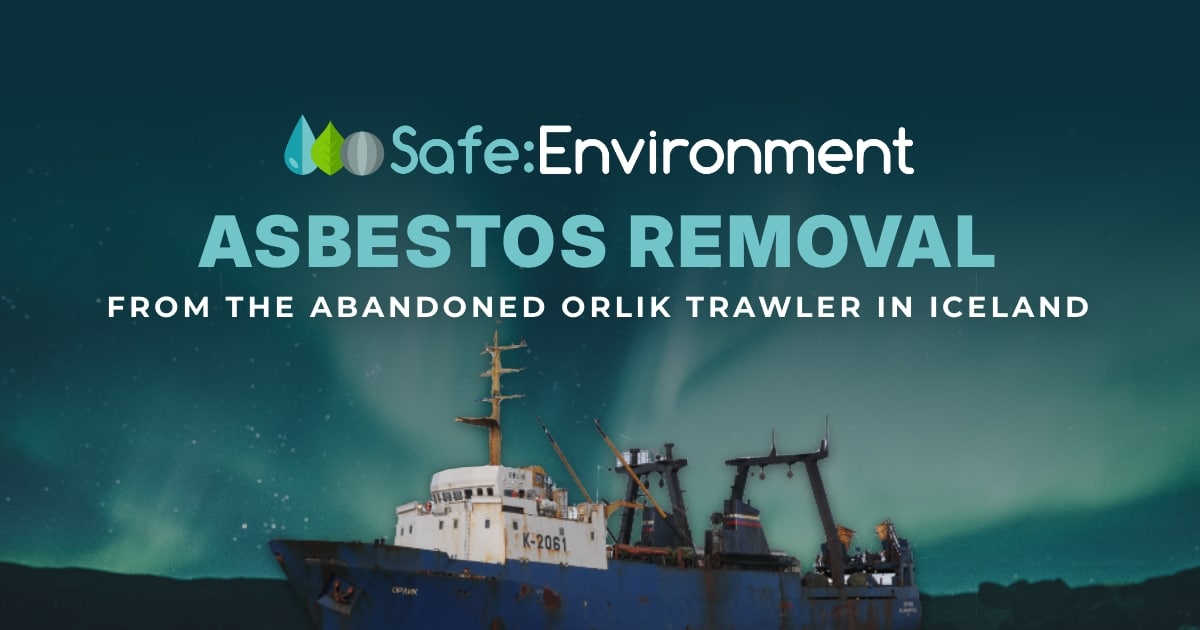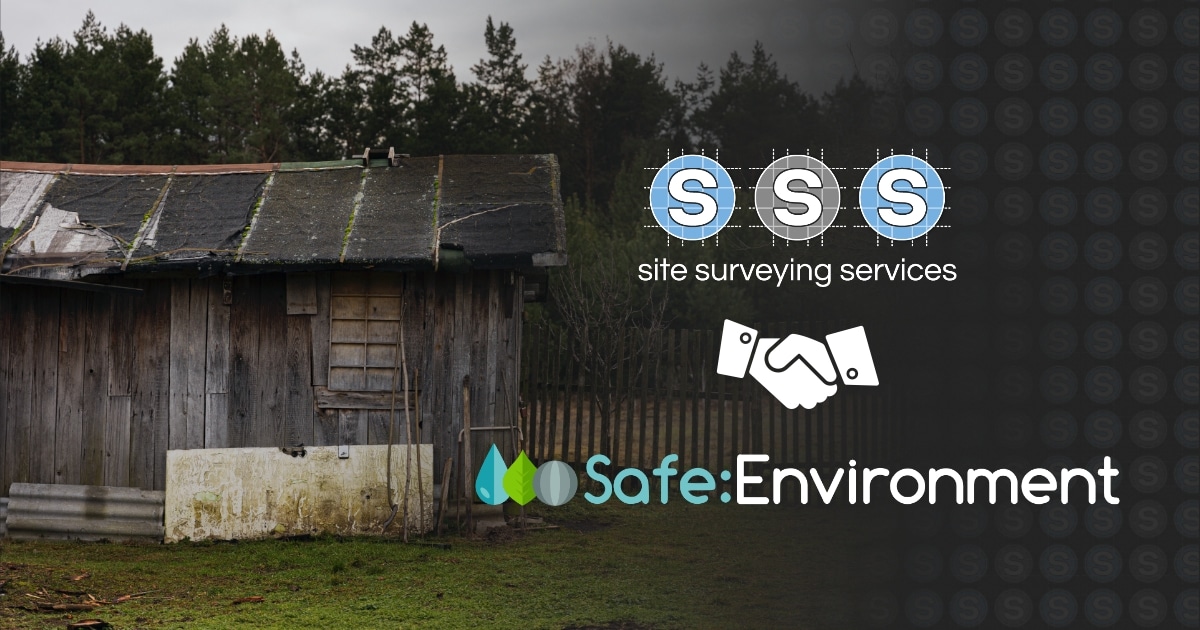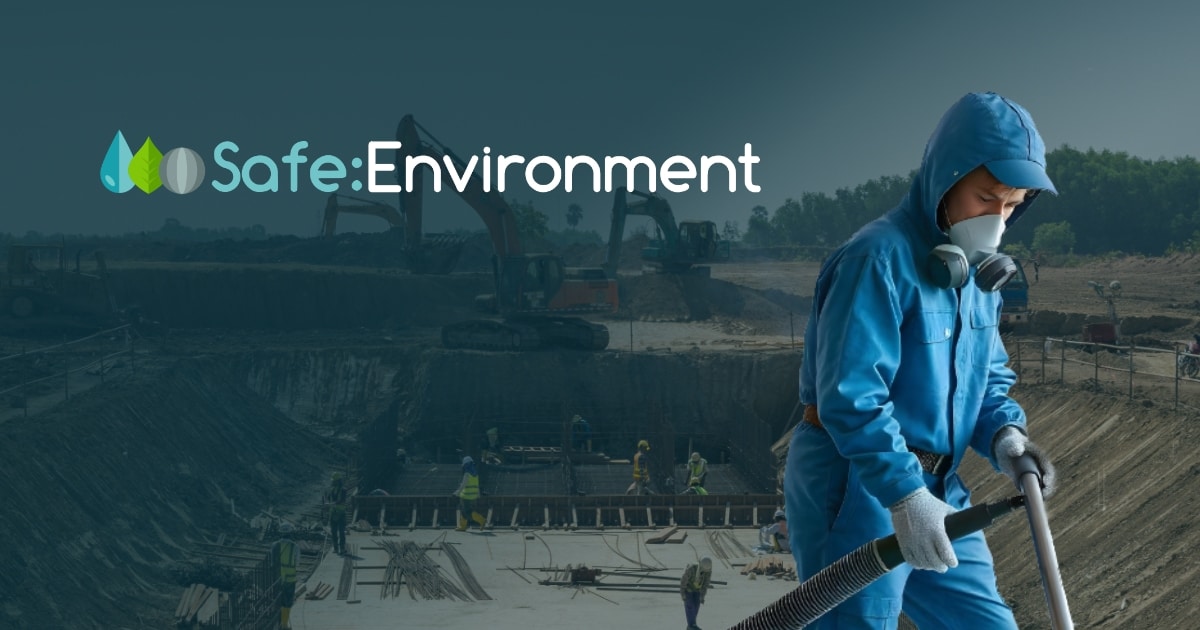Asbestos exposure is one of the most significant environmental health risks of the 20th century. The widespread use of asbestos in construction, manufacturing, and other industries has left millions of workers and residents at risk for developing serious health conditions decades after exposure. While its use has now been restricted in many countries, including the UK, the long-term effects of asbestos exposure are still a pressing concern for public health. This article explores the importance of long-term health monitoring for individuals who have been exposed to asbestos and why early detection is key to reducing the impact of asbestos-related diseases.
The Hidden Dangers of Asbestos Exposure
Asbestos exposure occurs when microscopic asbestos fibres are inhaled or ingested. These fibres can remain in the lungs or other organs for decades without causing immediate symptoms. It is only after years, often decades, that the effects of asbestos exposure become apparent. This delayed onset of symptoms makes asbestos exposure particularly dangerous, as individuals may not realise the extent of the damage to their health until it is too late.
In construction, workers who cut, sand, or disturb materials containing asbestos are at the highest risk, but asbestos exposure can also affect anyone who lives or works in buildings with asbestos-containing materials. Over time, inhaling asbestos fibres can lead to serious health conditions, including asbestosis (a chronic lung disease), lung cancer, and mesothelioma (a rare and aggressive form of cancer). Due to the long latency period of these diseases, early detection and ongoing health monitoring are essential for those who may have been exposed.
The Need for Long-Term Health Monitoring
Given the long latency of asbestos-related diseases, long-term health monitoring is crucial for anyone who has been exposed to asbestos. Regular health check-ups and screening for asbestos-related diseases can help catch conditions early, when treatment options may be more effective. This monitoring is especially important for individuals who worked in industries with high asbestos exposure risks, such as construction, shipbuilding, and manufacturing, as well as those who lived in buildings with asbestos-containing materials.
Health monitoring should include regular medical assessments, chest X-rays, and lung function tests. These tests help identify early signs of lung damage, as well as any irregularities that could indicate the onset of more serious conditions, such as mesothelioma or lung cancer. Blood tests and CT scans may also be used to monitor individuals at higher risk.
Risk Factors for Developing Asbestos-Related Diseases
Not everyone who is exposed to asbestos will develop a related disease, but certain factors can increase the likelihood of developing a condition such as mesothelioma or asbestosis. These risk factors include:
- Duration and intensity of exposure: The longer and more intense the exposure to asbestos, the higher the risk of developing a disease.
- Type of asbestos: Some types of asbestos, such as amphibole asbestos, are more hazardous than others.
- Age and gender: Asbestos-related diseases are more common in men, as they were historically more likely to work in industries with high asbestos exposure. Older individuals are also at higher risk, as diseases may take decades to manifest.
- Smoking: Smokers who are exposed to asbestos are at a significantly higher risk of developing lung cancer.
Early Detection and Prevention
While there is no cure for asbestos-related diseases, early detection can improve treatment outcomes and extend life expectancy. Preventative measures, such as regular health screenings for those who have had significant asbestos exposure, are crucial in reducing the impact of these diseases.
In addition to regular health checks, individuals who have been exposed to asbestos should take steps to avoid further exposure. This includes ensuring that their home or workplace is free from asbestos-containing materials, or if asbestos is present, ensuring that it is properly managed and removed by licensed professionals.
Legal and Medical Support for Those Affected
In the UK, individuals who have been exposed to asbestos and are suffering from related diseases may be entitled to compensation. Legal support is available to help those affected navigate claims for workers’ compensation, especially for those who were exposed in the workplace. Medical professionals can also offer advice on managing the symptoms of asbestos-related diseases and improving quality of life.
Conclusion: The Ongoing Importance of Monitoring Asbestos Exposure
Asbestos exposure remains a serious public health issue, even long after the material was banned in many countries. The long latency period of asbestos-related diseases means that those exposed to asbestos must undergo regular health monitoring throughout their lives. Early detection, regular check-ups, and a proactive approach to health can help reduce the risk and improve outcomes for individuals affected by asbestos exposure.
At Safe:Environment, we encourage anyone who has been exposed to asbestos to seek professional medical advice and stay vigilant with ongoing health assessments. By ensuring that those affected by asbestos exposure receive the care and monitoring they need, we can help mitigate the long-term risks and support a healthier future.



